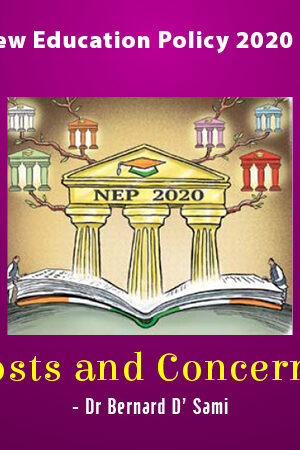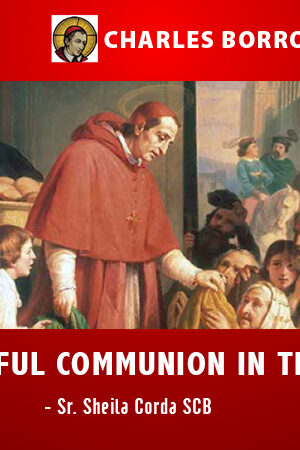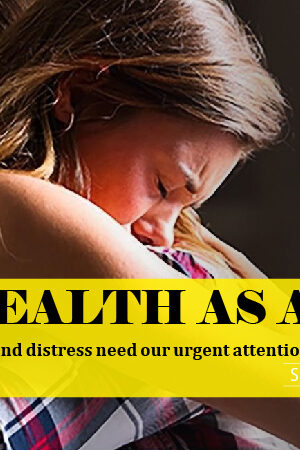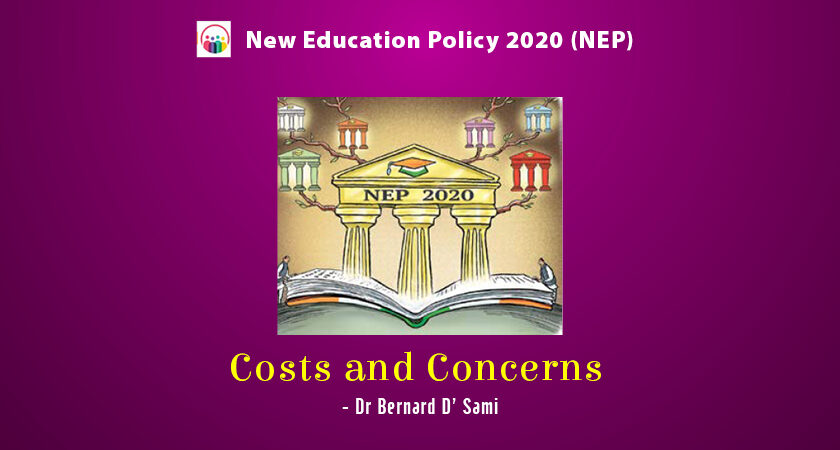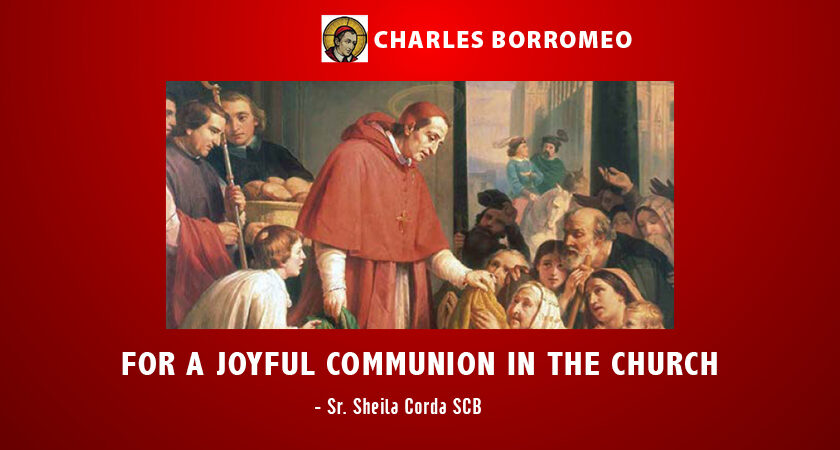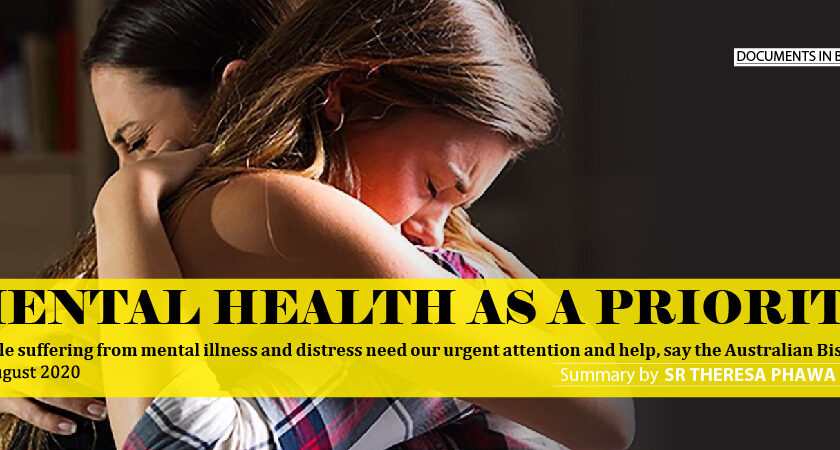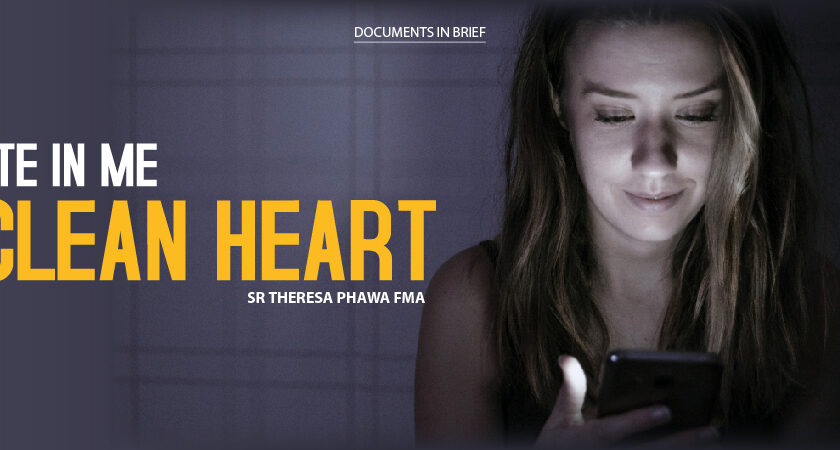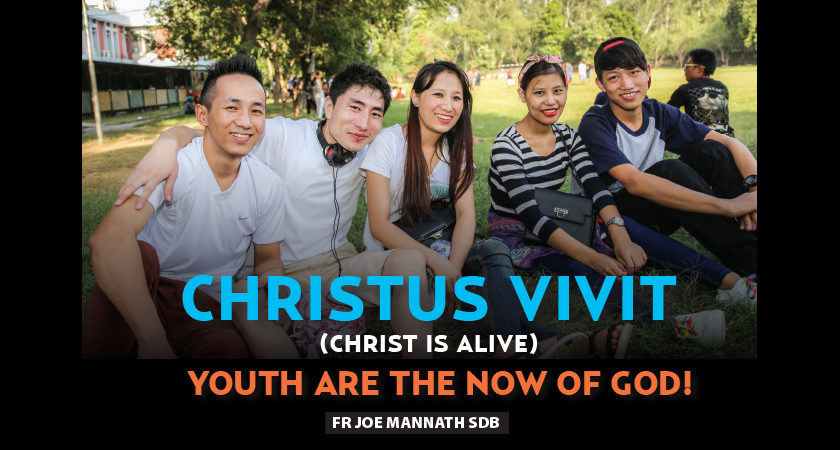This article on the National Education Policy 2020 is a continuation of the cover story of the November issue. Prof. Bernard Sami a visionary in Higher Education, and an experienced Professor teaching in Loyola College, Chennai has more to educate us on the implications of NEP 2020 for our Higher Education Institutions in India.
The governments of Karnataka, Madhya Pradesh, Himachal Pradesh, and Uttar Pradesh have taken the lead in implementing NEP 2020, while other states are being, directly or indirectly, coaxed to implement it. Some States like Tamil Nadu have opted for developing a State Education Policy (SEP) as an alternative. The implementation of the NEP is creating problems for the existing colleges and Universities as it mandates radical structural changes in Higher Education. This article highlights the features of NEP 2020 and some serious concerns it raises in its execution.
Highlights of the NEP 2020 in the area of Higher Education (HE):
- The draft NEP had 484 pages, but the document that the Cabinet passed in July 2020 has 66 pages. The team headed by Dr Kasturi Rangan that received the feedback, scaled it down to a thinner policy cancelling state-level mechanisms such as Rashtriya Shiksha Aayog and other heavy bureaucratic systems.
- The importance of liberal arts education has been recognized and the starting of five Indian Institutes of Liberal Arts (IILA) to award four-year degrees is mentioned in the policy.
- Three kinds of institutions are envisaged – institutions with a focus on Research; Teaching, and Autonomous Colleges with degree awarding powers. Draft NEP envisages Tier I, Tier II and Tier III system.
- Under Tier I – 300 research universities and 3000 teaching universities with a predominant research component with some teaching.
- Under Tier II Universities devote time to teaching and carrying on some research with 25000-30000 student capacity, and
- Tier III 40000 colleges with 2500-5000 institutions mainly comprising colleges to become autonomous colleges and degree awarding colleges.
However, it says nothing about funding, indicating that growth in higher education will be dependent on the private sector.
Dr Bernard D’ Sami
To read the entire article, click Subscribe
